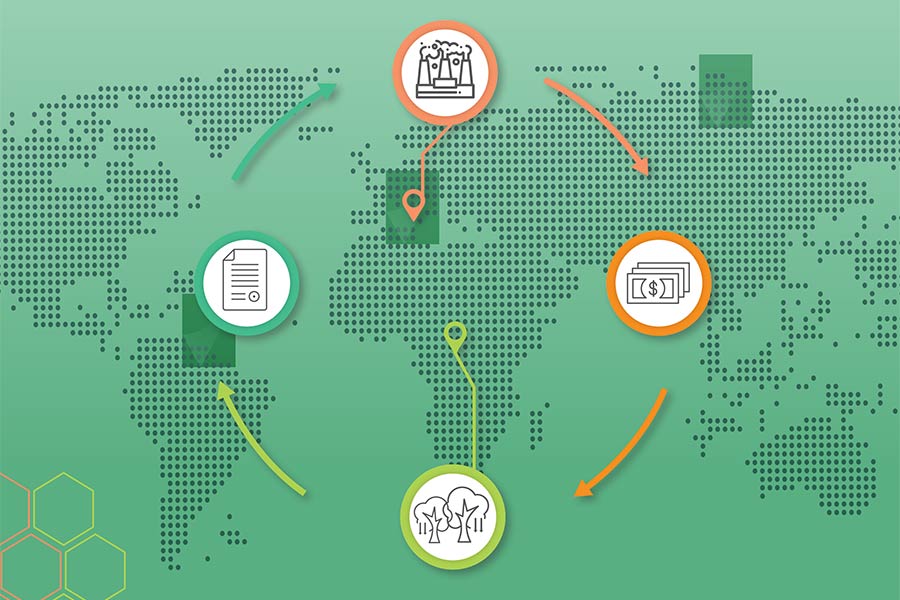Last week, the Land Matrix Initiative published a new analytical report that investigates the large-scale land acquisition for carbon offset projects. In other words, when a company attempts to “compensate” its emissions by implementing projects that reduce or absorb the same amount of greenhouse gases.
The report focuses on potential risks to the local community’s rights, displacement of indigenous peoples, limited co-benefits and transparency of land transactions, and whether carbon projects actually contribute to sustainable development.

For the report, 217 deals from the Land Matrix open database were analyzed. These projects already cover approximately 8.8 million hectares worldwide, an area comparable to the size of Austria or Jordan. Most of these projects are located in Latin America and Africa. For example, in Brazil or the Republic of Congo the area of carbon projects is more than one million hectares for each country.
Moreover, the Analytical Report contains a list of recommendations that would help decrease social and environmental injustice in the carbon market. These relate to the legal recognition of indigenous peoples’ and local communities’ land rights, strengthening alignment with global frameworks (such as the Voluntary Guidelines on the Responsible Governance of Tenure) and improving transparency in land transactions.
Although the report does not focus on Eastern Europe and Ukraine, its conclusions are relevant to us as well. Due to global demand for carbon credits, large companies and funds are increasingly interested in countries with large amounts of available areas and less stringent land laws. In the future, many such projects may be realized in Ukraine. Despite the fact that they may seem financially profitable but have many risks.
The executive summary of the report “Large-scale land acquisitions for carbon offsetting: Green grabbing or just transition?” is available here.

